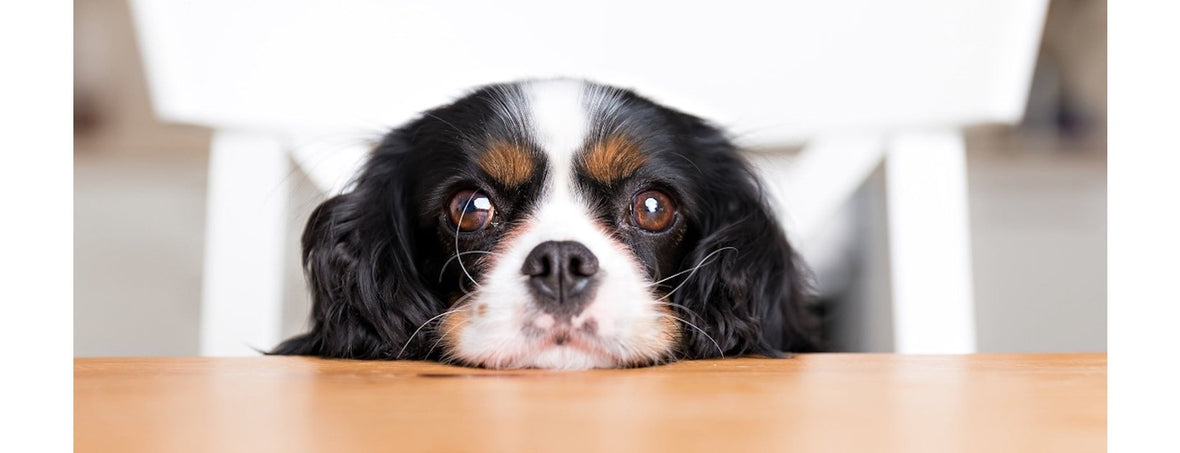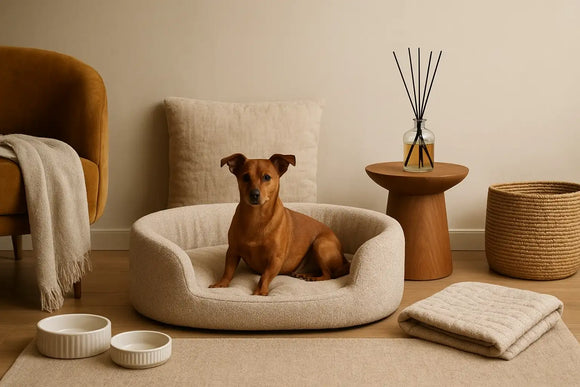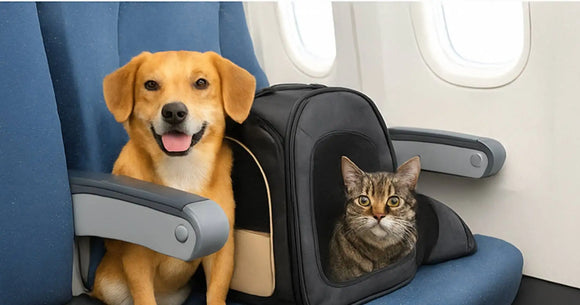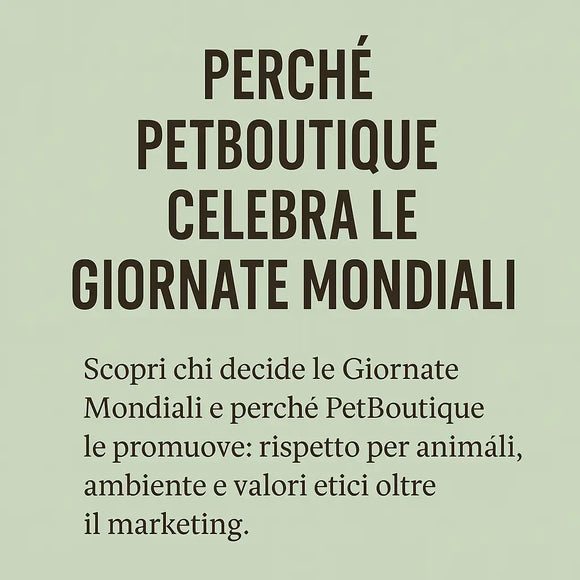
Is your dog lacking in appetite?
Adelchi Rainone
There are two types of dogs, those who are constantly starving, who pounce on even a crumb as if they had been fasting for weeks, and those who have no appetite.
The most natural dog is the first because despite having become opportunistic, it is still built as a predator, and a predator is always hungry given that, in nature, binges follow periods of forced fasting, even quite long ones. The predator, like the canid, believes it is full when its belly touches the ground and in any case after a short while it would think that perhaps there is still something left... It follows that a dog fed the right ration of food, i.e. the quantity necessary to live healthy and fit according to its needs, will never be full!
So what makes a dog lose his appetite?
Excluding cases where real physical problems exist, the responsibility must be attributed to the owner. If the animal starts not eating, the vet should definitely be consulted first, who will carry out all the tests and checks needed to exclude pathologies, intestinal parasites...
Once this has been done, however, if the animal has no real pathologies or problems, behavioral therapy will have to be resorted to which consists of "either you eat this soup, or you jump out the window".
But how do we make our friends inappetite? Surely making him lead a sedentary lifestyle, making him be a couch dog, will not stimulate his appetite and if we add to this a few too many vices we will certainly never get out of it.
Another way is to "vary the diet", one day kibble, one day homemade food, one day kibble, but of a different type and so on. After about a month of playing this little game our faithful friend will almost certainly begin to have more and more demands and refuse any food that does not appear new, appetizing or interesting to him.
The problem is very similar to that for humans.
By not eating the stomach shrinks, the feeling of hunger decreases and this makes it increasingly easier to refuse food.
If everything starts as a whim, in the long run the dog doesn't eat because he's not hungry (this is unnatural).
This creates anxiety in the owners who begin to try anything to get him to eat: delicious morsels, gastronomic refinements of all kinds, increasingly varied menus, and in the worst case scenario they even go so far as to feed them, which they obviously like very much because it guarantees them continuous attention and endless cuddles.
So how do we get out of this loop that creates anxiety for the owner and certainly isn't good for our friend??
As said before, the first step is to take a trip to the vet, who, if necessary, will provide a specific diet.
If our friend turns out to be totally healthy, there is only one solution: the HARD LINE (for his own good).
The dog is an animal of habit, and so is its digestive system. The dog is predominantly carnivorous and eats other types of foods, but in nature it always eats them only through predation: when it eats a killed animal, in fact, it also eats the contents of its stomach and intestines. If the prey is herbivorous, and very often it is, the dog eats "steak and salad". But he only ever eats this every day of his life.
It follows that variety is not only not a priority, but it is not even good for him because from an enzymatic point of view the digestive system is "programmed" to assimilate very specific substances. Obviously not all breeds are programmed to take the same substances. Generally speaking, it would be advisable to choose a diet free of poor cereals such as corn, but enriched with vegetables.
It makes sense to choose specific foods depending on the age of our friend, for example puppy and senior foods, and the size of the kibble, especially if our dog is very voracious. For example, large kibbles are good not only for large dogs, but for all those at risk of stomach dilation/torsion because they prevent the dog from bingeing, providing some prevention against this pathology.
Having established that the dog has no pathologies, once the diet has been established, all that remains is to make him eat. The owner must put down the bowl with the food, wait 15 minutes (NOT EXPECTED) and then remove the bowl. If the dog is hungry he will eat immediately. If he's not hungry he'll come to the next meal. And if he's still being picky, he'll get it the next day.
The sooner you start making the dog understand this antiphon, the better. You must keep in mind that this method always works but giving in even just once will mean starting over again.
If the dog is made to respect the new rule, it usually starts eating regularly within 2/3 days, but if it doesn't fast between one missed meal and another it can take up to three weeks. During this process the dog may also lose weight but once the first moment has passed, when the dog starts eating again, he will regain the lost weight with interest. It must be kept in mind that there is not a single case in the world of a dog dying of starvation while having food available.











